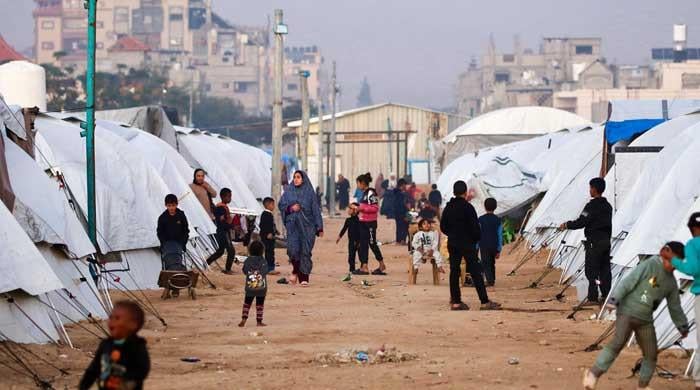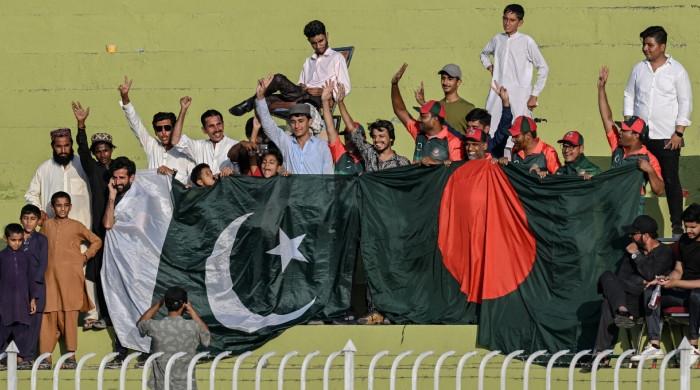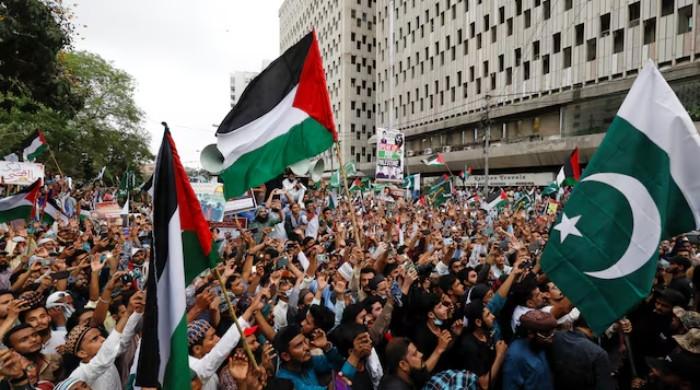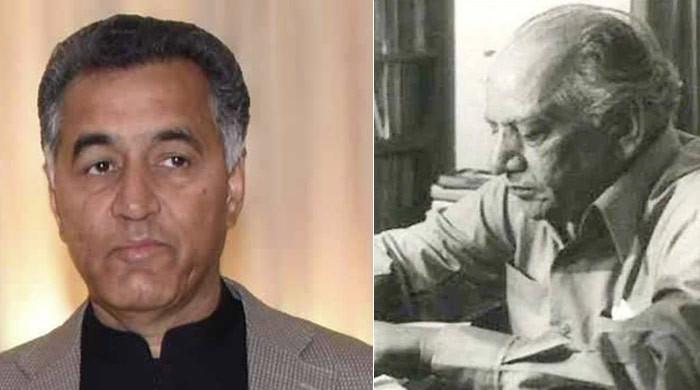Factors behind hike in IPPs capacity payments to Rs2.142tr
Less consumption of electricity by masses because of highest tariff in region also caused escalation in capacity payments
September 02, 2024
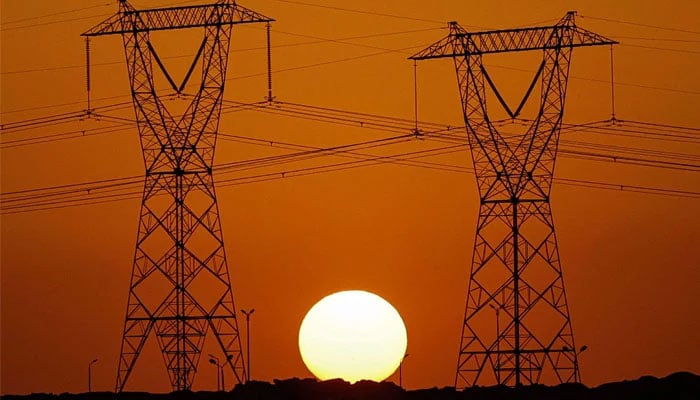
ISLAMABAD: The capacity payment was Rs384 billion in FY2017, but after the addition of new independent power producers (IPPs), it has now swelled to Rs2,142 billion.
In 2015, with an average consumption of 13,000 megawatts, the total generation capacity was 20,000 MWs, costing Rs200 billion in capacity payments. By 2024, although the average demand remains at 13,000 MWs, production capacity has soared to over 43,000 MWs, including 23,400 MWs from new IPPs. So, capacity payments have escalated tenfold to Rs2,142 billion.
The IPPs average capacity tariff was at Rs2.78 per unit in tariff determination in 2015-16 but it increased to Rs18.39 per unit for FY2025 because of new addition of power plants under the 2015 power policy and the massive devaluation of Pakistani rupee, which went down to Rs278 from Rs97 against one US dollar.
More importantly, London Interbank Offered Rate (LIBOR) increased from 0.45% to 5.5% per annum, and Karachi Interbank Offered Rate (KIBOR) also jumped, increasing the debt servicing component of the capacity payments. The less consumption of electricity by masses because of the highest tariff in the region also caused escalation in capacity payments.
Of Rs2,142 billion capacity payments, currently the consumers pay per annum Rs1,083 billion in the head of debt servicing for the loans borrowed mainly for new addition in power generation under 2015 power policy, Rs218 billion as the fix operation and maintenance (O and M) charges, Rs596 billion as return on equity (RoE) and Rs254 billion in head of other issues.
The capacity payment for a single Sahiwal coal power plant exceeds that of all the 2002 IPPs combined. The capacity payment on government plants (nuclear, hydel and RLNG) is five times that of all old IPPs combined.
Capacity payment is a fixed amount paid to power producers under take-or-pay arrangement to cover capital recovery (including project debt in first 10 years) and operating expenses.
Capacity charges account only for 31% of the total consumer tariff. In a country like Pakistan, wherein the Central Power Purchasing Agency (CPPA) is only one single buyer, no plant can operate without capacity payment, considering the requirement of debt servicing and certain expenditures for safe and reliable operations, maintenance and manpower at plant site.
Additionally, some amount of return for the investors must be accounted for. The cumulative share of taxes, surcharges and duty is 32% of the consumer tariff, which are over and above the actual cost of electricity.
Out of approximately Rs2,142 billion in capacity payments, around Rs25 billion (1.25%) is allocated to the private request for offer (RFO)-based plants under the 2002 policy, while Rs70 billion (3.48%) of the total capacity payments is attributed to all IPPs under the 2002 policy.
If the government aspires to bring down the power tariff, it would have to minutely look into its own power plants: RLNG-based, nuclear power plants and hydropower projects that generate 52% of the total electricity but are eating up Rs840 billion per annum just in the head of capacity payments including Rs235 billion as RoE out of the total capacity payments of Rs2.142 trillion.
The IPPs set up under 1994, 2002 policies are devouring Rs130 billion as capacity payments, including Rs31 billion as RoE. In 2021, the US dollar value for IPPs installed under 1994 and 2002 policies has been capped at Rs148, which is why their capacity payments have reduced to Rs130 billion and more importantly they have paid the maximum portion of the loans to their lenders.
In 2012, they agreed to reduce USD-based internal rate of return (IRR) from 15% to PKR-based returns, effectively reducing their guaranteed US dollar returns to approximately 9%. If the capacity payments of all 2002 IPPs were reduced to zero, the savings would amount to just Rs0.85 per unit based on FY25 reference pricing, and Rs0.54 per unit for the 1994 policy IPPs. This totals only Rs1.39 per unit in pre-tax bill savings.
However, the government power plants and China–Pakistan Economic Corridor (CPEC) projects are charging the capacity payments at the current dollar value of Rs278. So, the main issue lies with the government and CPEC power plants, not with the IPPs installed under 1994 and 2002 policy.
Most of IPPs installed under 1994 and 2002 are going to retire as their power purchase agreements (PPAs) will end in two to three years till 2028, and some have already gone on to take and pay mode after their contracts are over, so they are getting no capacity payments.
The power plants installed under the RFOumbrella fully funded by Chinese commercial banks’ loans are being paid Rs650 billion per annum as capacity payments, while they are getting Rs168 billion as return on equity.
Then comes the locally owned CPEC projects, based on Thar coal, which devour Rs230 billion as capacity payments and Rs76 billion as RoE. Private hydel, solar and wind power plants are getting Rs270 billion per annum as capacity payments including Rs80 billion as RoE.
This situation poses certain questions: will the top functionaries of the incumbent government alter the power purchase agreements (PPAs) of government-owned plants under which their dollar-based internal rate of return is converted into rupee-based IRR with the capping of US dollar value at Rs148 as was done in 2021, with IPPs set up in 1994 and 2002 policies; and if the top decision-makers would decide to reduce the capacity payment of government power plants to Rs400 billion from Rs840 billion including RoE of Rs235 billion?
If the above two measures highlighted in the two questions are addressed, the inflation-stricken masses will have substantial relief of Rs4 per unit, and if the government reduces the existing theft of electricity, which stands at Rs589 billion per annum, and manages to reduce to Rs100 billion from Rs589 billion, then people can have more relief in tariff of Rs4.89 per unit.
However, the situation is otherwise, as the circular debt has spiked to Rs2.655 trillion in the first 11 months of FY24 with line losses swelling to Rs230 billion despite the campaign against theft of electricity.
More importantly, the system faced the recovery losses of Rs279 billion. The government is still unable to carry cheaper electricity from south to Punjab, which is why the costly electricity is generated, which results in more increase in the basket tariff for end consumers. Such issues are badly needed to be corrected by the Power Division.
The government also needs to increase its emphasis on the reduction in transmission, distribution and recovery losses which can lead to relief of Rs1.25 per unit.
It also needs to expedite its diplomatic efforts with top-level Chinese leadership for profiling of the Chinese loans obtained for CPEC projects from 10 to 20 years, which can also help give relief of Rs4 per unit.
The Power Division should not waste more time and ensure immediate arrangement of uploading the cheaper electricity into the system to the load centre of Punjab from Sindh as it will also help give relief of Rs1.90 per unit.
Khalid Mustafa is an author who covers the energy sector.
Disclaimer: The viewpoints expressed in this piece are the writer's own and don't necessarily reflect Geo.tv's editorial policy.
Originally published in The News




